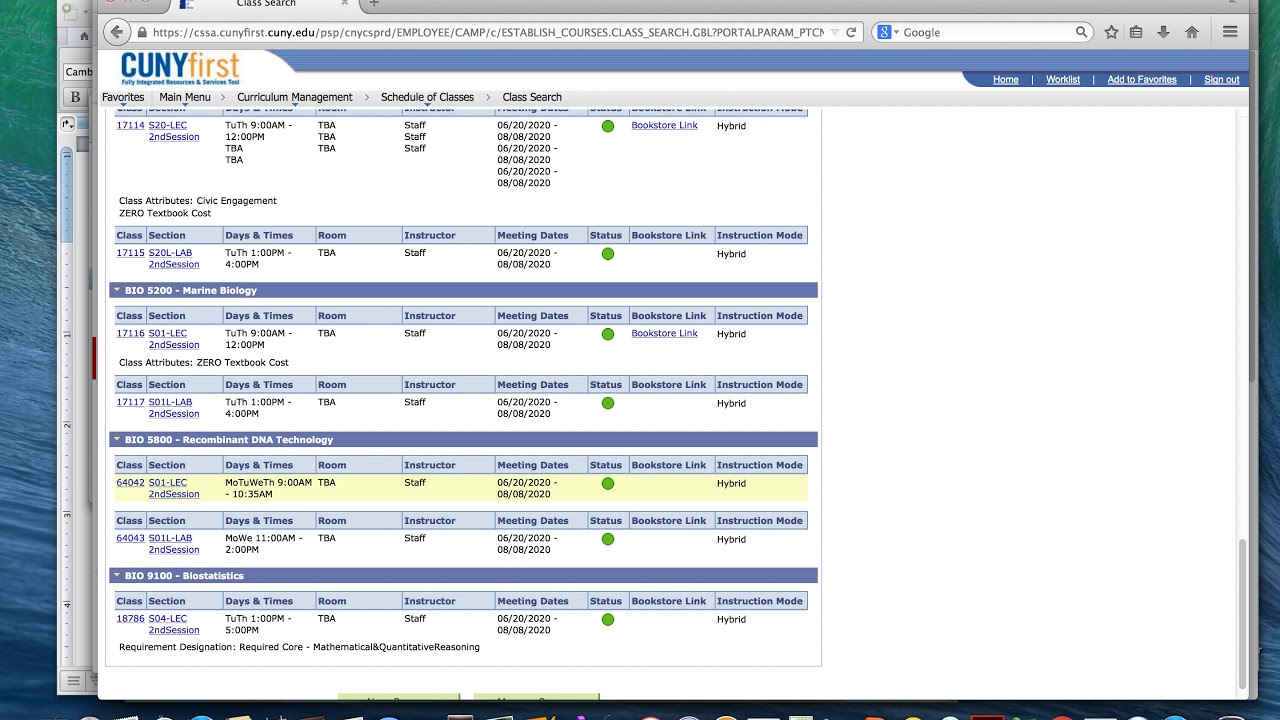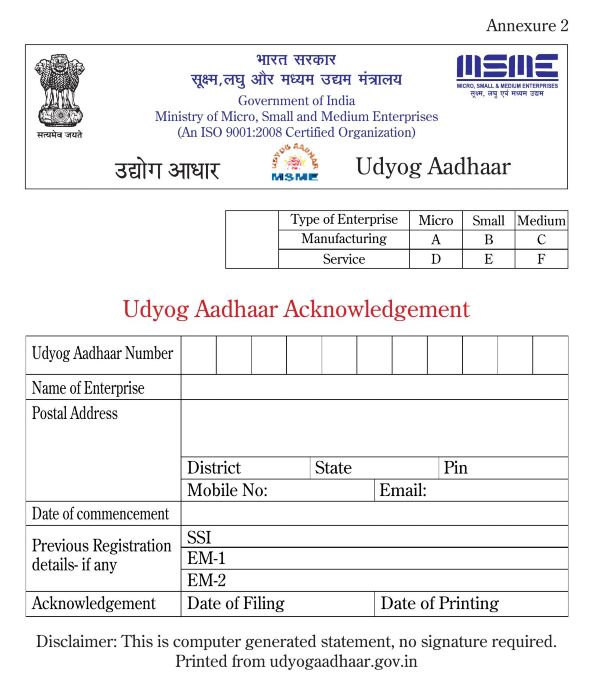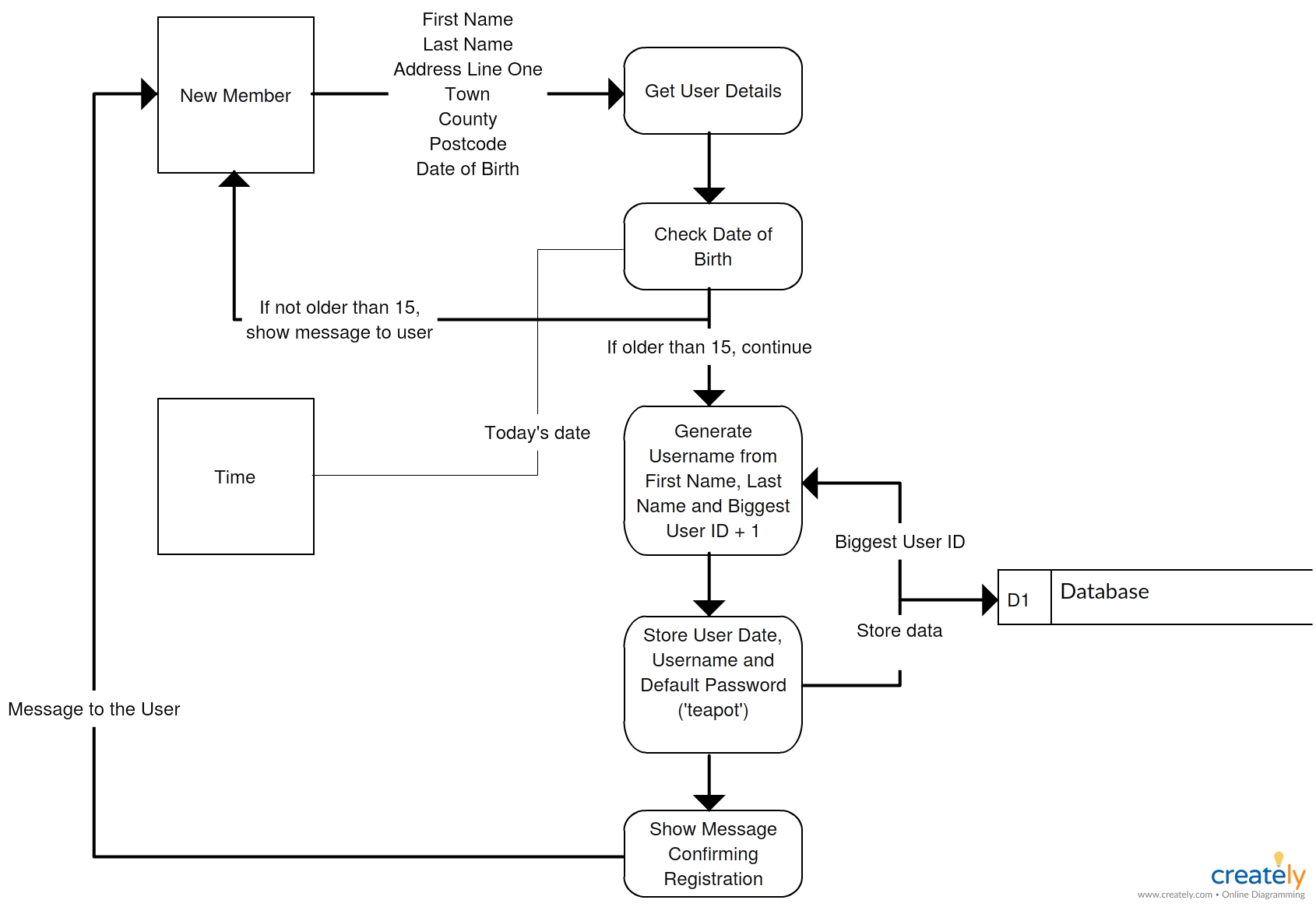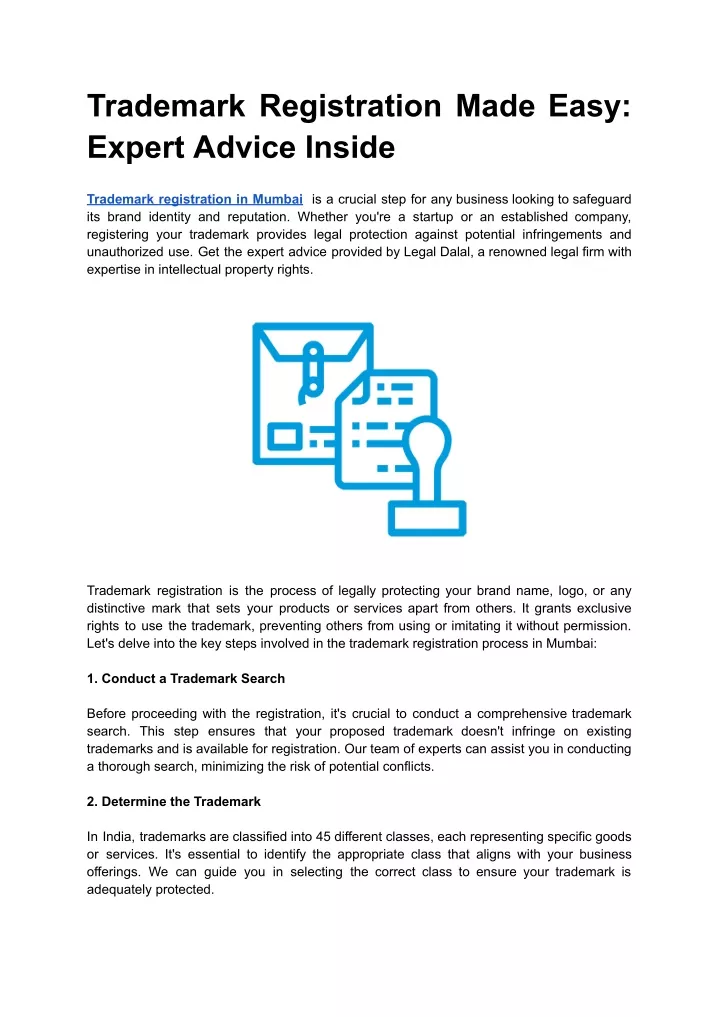Central Registration Made Easy


Introduction to Central Registration
The process of central registration has become a crucial aspect of various industries, including business, healthcare, and education. It involves the collection, storage, and management of data in a centralized location, making it easily accessible and retrievable. In this blog post, we will delve into the world of central registration, exploring its benefits, types, and steps to implement an effective central registration system.
Benefits of Central Registration
The implementation of a central registration system offers numerous benefits, including: * Improved Data Management: Central registration enables the storage of data in a single location, reducing data duplication and improving data accuracy. * Enhanced Security: A centralized system provides better security measures, such as access controls and encryption, to protect sensitive data. * Increased Efficiency: Central registration automates many processes, reducing manual labor and increasing productivity. * Better Decision-Making: With easy access to data, organizations can make informed decisions, driving business growth and improvement.
Types of Central Registration
There are several types of central registration systems, including: * Business Registration: This type of registration is used to collect and store business-related data, such as company information and financial records. * Healthcare Registration: This type of registration is used to collect and store patient data, medical records, and healthcare-related information. * Educational Registration: This type of registration is used to collect and store student data, academic records, and educational-related information.
Steps to Implement Central Registration
To implement an effective central registration system, follow these steps: * Define Requirements: Identify the type of data to be collected, stored, and managed. * Choose a Platform: Select a suitable platform, such as a database management system or a cloud-based solution. * Design the System: Design a user-friendly and intuitive system that meets the organization’s needs. * Implement Security Measures: Implement robust security measures, such as access controls, encryption, and backups. * Test and Train: Test the system and provide training to users to ensure a smooth transition.💡 Note: It is essential to ensure that the central registration system complies with relevant laws and regulations, such as data protection and privacy laws.

Best Practices for Central Registration
To ensure the success of a central registration system, follow these best practices: * Use Standardized Formats: Use standardized formats for data collection and storage to ensure consistency and accuracy. * Regularly Update and Maintain: Regularly update and maintain the system to ensure it remains relevant and effective. * Monitor and Evaluate: Monitor and evaluate the system’s performance to identify areas for improvement. * Provide Training and Support: Provide training and support to users to ensure they can effectively use the system.
Common Challenges and Solutions
Despite the benefits of central registration, organizations may face challenges during implementation. Some common challenges and solutions include: * Data Quality Issues: Implement data validation and verification processes to ensure data accuracy and quality. * System Integration: Ensure that the central registration system is integrated with other systems and applications to avoid data duplication and inconsistencies. * User Adoption: Provide training and support to users to ensure they can effectively use the system and understand its benefits.
Conclusion and Future Directions
In conclusion, central registration is a vital process that offers numerous benefits, including improved data management, enhanced security, and increased efficiency. By following the steps and best practices outlined in this blog post, organizations can implement an effective central registration system that meets their needs and drives growth. As technology continues to evolve, it is essential to stay up-to-date with the latest trends and innovations in central registration to ensure that organizations remain competitive and effective.
What is central registration?
+Central registration is the process of collecting, storing, and managing data in a centralized location, making it easily accessible and retrievable.

What are the benefits of central registration?
+The benefits of central registration include improved data management, enhanced security, increased efficiency, and better decision-making.

How do I implement a central registration system?
+To implement a central registration system, define requirements, choose a platform, design the system, implement security measures, test and train, and ensure compliance with relevant laws and regulations.

What are some common challenges and solutions in central registration?
+Common challenges in central registration include data quality issues, system integration, and user adoption. Solutions include implementing data validation and verification processes, ensuring system integration, and providing training and support to users.

Why is central registration important for organizations?
+Central registration is important for organizations because it enables them to collect, store, and manage data in a centralized location, making it easily accessible and retrievable, and driving business growth and improvement.



